You’ve undoubtedly seen a kid in the cafeteria take out his retainer before eating lunch. They carefully place it in a plastic container to ensure its safety while they eat. This small plastic and metal mouthpiece is important to them. You might be wondering why. Let’s find out.
What’s a Retainer?
A retainer is a piece of plastic and metal that is created specifically for each child who needs one. It is designed to fit the top of the teeth and the mouth. Even though they may appear identical, no two retainers are alike.
Retainers are quite prevalent. Most people (including children and adults) who have braces must keep a retainer for at least a short time after having their braces removed. Others wear them to fix gaps in their teeth, to help with speech issues, or to solve medical issues.
Why Do I Need to Wear a Retainer?
You may require a retainer for a variety of reasons. The most typical purpose is to assist your teeth in remaining in their new locations after braces have been removed. It is critical to wear your retainer since your teeth shift as your body grows. The retainer aids in the regulation of this natural moving.
After your braces are removed, an orthodontist (a dentist who helps straighten teeth and address jaw abnormalities) will fit you for a retainer and advise you on how long and when to wear it. For example, you might have to wear it all day for three months, then only at night.
Some children may have to wear their retainer only at night from the beginning, but they may have to wear it for more than a year. The retainer keeps your teeth in place as you sleep, and you won’t even know it!
Other children may wear retainers to correct a gap between their teeth or to reposition a single tooth. Braces are not required in these circumstances since retainers will suffice. Retainers are frequently worn for several years to close a gap, for example, and then to keep the gap closed by keeping the teeth in place.
Certain teeth may feel uncomfortable and even sore for the first few days after using a retainer for whatever reason. Don’t be concerned if you encounter this; it’s entirely natural.
Aside from teeth moving, retainers can help with a variety of other oral issues. They are sometimes used to treat medical issues. You could, for example, have a tongue push (a condition in which your tongue sneaks through your teeth when you speak). Some retainers, known as crib or tongue cage retainers, are made of little metal bars that hang down from your mouth’s roof. When you speak, these retainers prevent your tongue from moving forward in between your teeth. Your tongue has been trained to travel to the roof of your mouth rather than via your teeth. The amount of time children wear a tongue cage varies according to the child.
Retainers can also be used to aid persons with temporomandibular disorder (TMD). This issue is typically caused by malocclusion (the teeth do not meet properly when the jaws are closed) or bruxism (grinding your teeth while sleeping). Grinding stretches the muscles and joints in your mouth and jaws, causing jaw pain and headaches. Retainers can benefit you by preventing your mouth from entirely shutting at night, keeping you from grinding your teeth.
Getting Fitted for and Wearing a Retainer
This is the simple part. Your orthodontist will make you a retainer out of a material called alginate. It’s a thick, chewy liquid that forms a mold of your teeth when you sink them into it. The fitting process is quick, painless, and doesn’t even taste horrible – and there are several flavors to choose from.
Your finished retainer can be made to reflect your style and preferences. On the plastic part of the retainer, you can sometimes see images of Batman, Christmas trees, or Halloween bats. You can also have flavored retainers if you like. Once you’ve been fitted for a retainer, you should be able to acquire the real thing in less than a week.
At first, you may think your retainer is strange. That is typical. However, if the retainer causes pain, cuts, or rubs against your gums, consult your orthodontist for an adjustment.
You’ll have to get used to conversing with it in your mouth at first. Talking slowly at the beginning is a fantastic approach to practice, and you’ll soon forget it’s there. Dentists recommend reading aloud for a few minutes each day. It is also typical to experience increased saliva flow (more spit in your mouth) during the first few days of using your new retainer.
Caring for Your Retainer
Retainers coexist in your mouth with bacteria, plaque, and food particles. You should clean your retainer every day, but check with your orthodontist about how to clean your specific type of retainer (certain types should not be washed with toothpaste). To freshen it up and destroy bacteria, soak it in mouthwash or a denture-cleaning product.
Because the plastic in your retainer can shatter if it becomes too dry, you should always soak it when not in use. Plastic can easily distort, so don’t put it in hot water or leave it near a heat source, such as your heater. Finally, avoid bending the wires. The wires will bend if you rotate the retainer in your mouth.
One crucial aspect of maintaining your retainer is to avoid losing it. They are costly, and your mother or father may be required to pay for lost or broken retainers. Worse, they may want you to contribute to the cost of replacing it! So think twice before throwing away your lunch tray, and try to keep it in the same place at home when you’re not wearing it. To put it another way, keep your retainer!
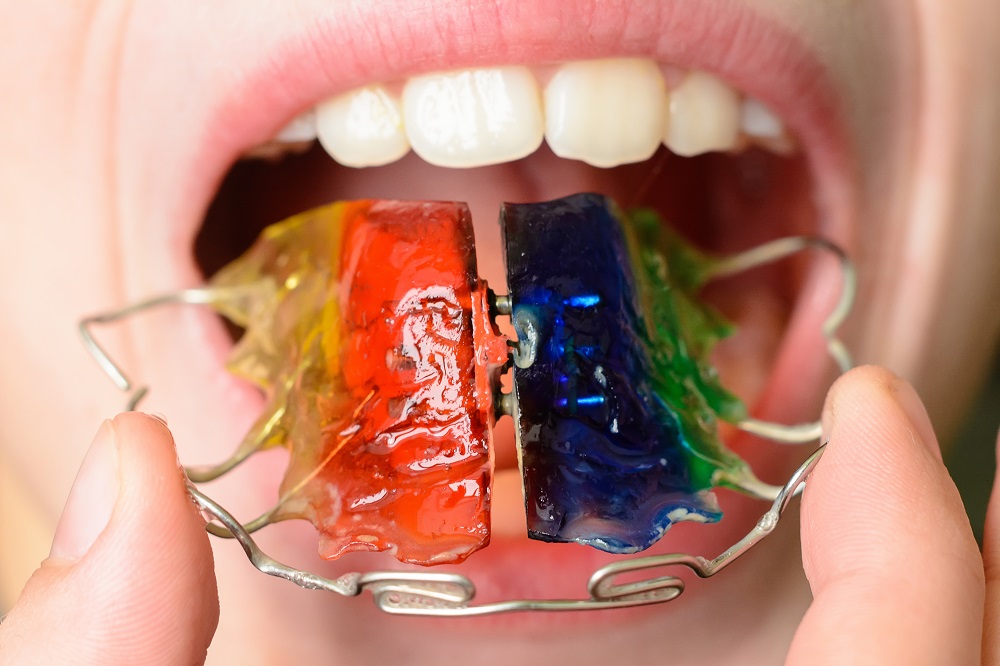









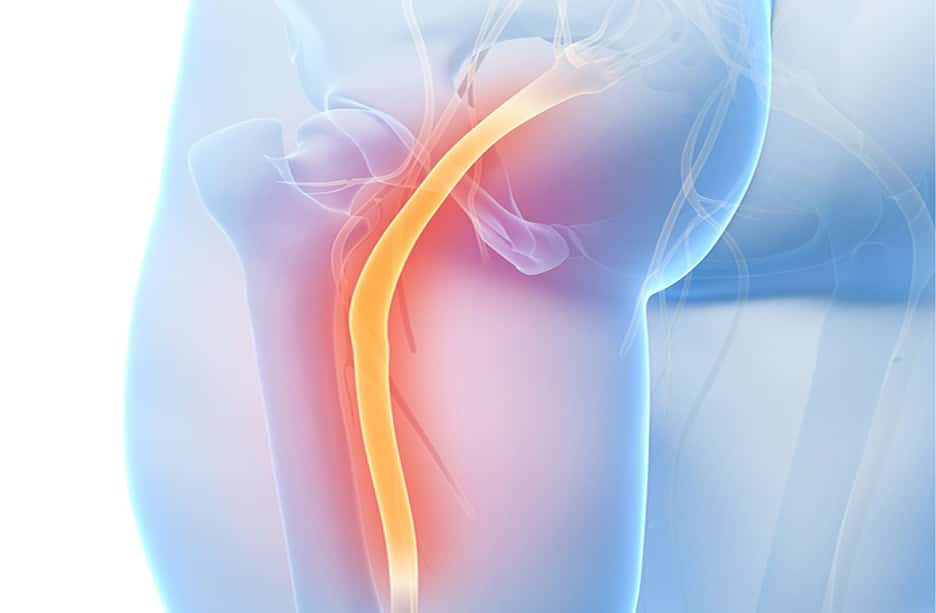
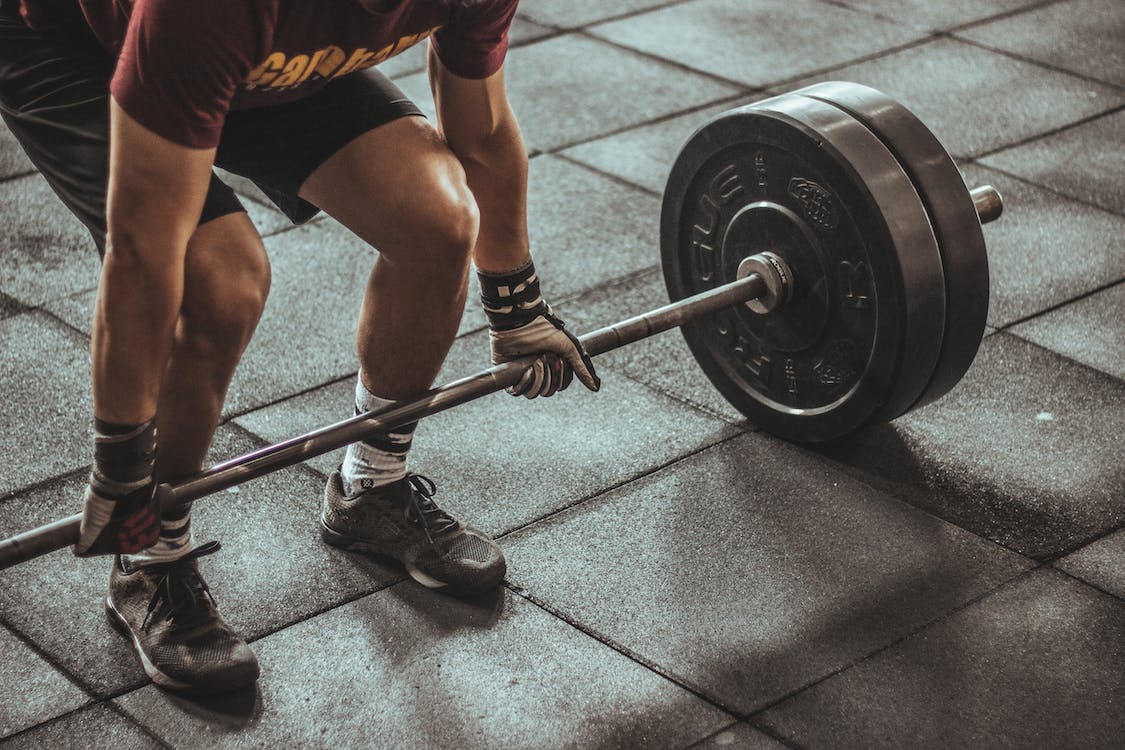




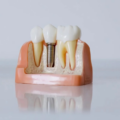
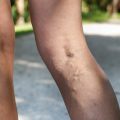


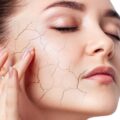
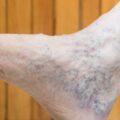



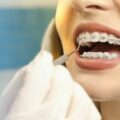




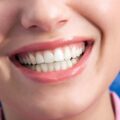







No Comments